Are you curious about all the delicious vegetables that begin with the letter D? From hearty favorites to lesser-known gems, vegetables that start with D offer a surprising variety of flavors and health benefits. Join us as we explore these vibrant and tasty veggies, perfect for adding some variety to your meals and expanding your culinary horizons!
1. Daikon Radish
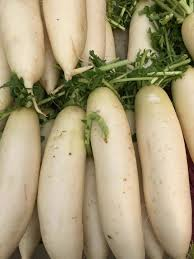
A large white vegetable commonly used in Asian dishes. It has a crisp texture and a mild, slightly spicy flavor. Daikon is often shredded into salads, pickled, or added to soups for flavor and crunch.
- Calories: 18 kcal per 100g
- Vitamins: Vitamin C, B vitamins
- Minerals: Potassium, magnesium
- Fiber: Good source
- Antioxidant/Anti-inflammatory: Contains enzymes that aid digestion and reduce inflammation
Best Uses: Raw in salads, pickled, added to stews and soups.
2. Dandelion Greens

The leafy greens of the dandelion plant, known for their slightly bitter taste. They are nutritious and can be enjoyed raw in salads or cooked to soften bitterness. Rich in vitamins and antioxidants.
- Calories: 45 kcal per 100g
- Vitamins: Vitamin A, Vitamin C, Vitamin K
- Minerals: Calcium, iron, potassium
- Fiber: High
- Antioxidant/Anti-inflammatory: Yes, contains luteolin and polyphenols
Best Uses: Salads, sautéed as greens, added to smoothies.
3. Dasheen (Taro)

A starchy root vegetable with a slightly sweet flavor and purple or white flesh. It’s a staple in many tropical cuisines and must be cooked thoroughly to remove toxins.
- Calories: 142 kcal per 100g
- Vitamins: Vitamin E, B6
- Minerals: Potassium, magnesium, phosphorus
- Fiber: Rich source
- Antioxidant/Anti-inflammatory: Contains antioxidants that support health
Best Uses: Boiled, mashed, added to soups, or fried.
4. Datil Pepper
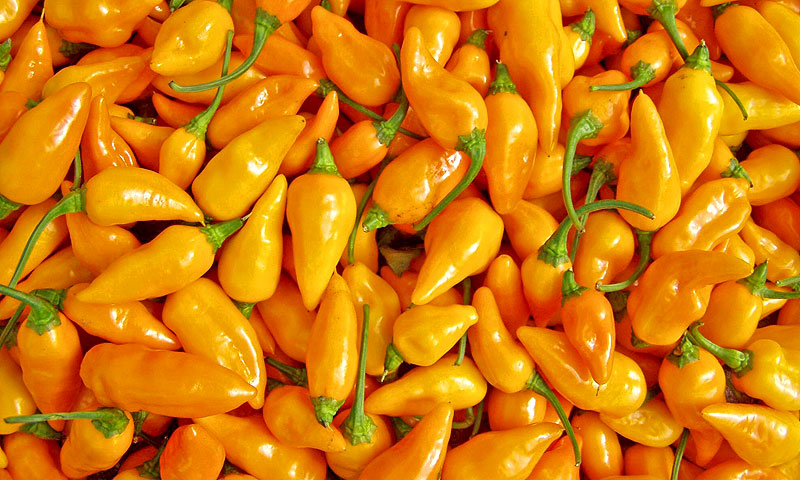
A small, very spicy chili pepper originating from the Florida Keys. Adds heat and flavor to dishes, sauces, and relishes. Use in moderation for a fiery kick.
- Calories: 40 kcal per 100g
- Vitamins: Vitamin C
- Minerals: Iron, magnesium
- Fiber: Moderate
- Antioxidant/Anti-inflammatory: Contains capsaicin, which has anti-inflammatory properties
Best Uses: Hot sauces, salsas, seasoning meats, or dried for powders.
5. Daylily (Edible Flowers and Shoots)
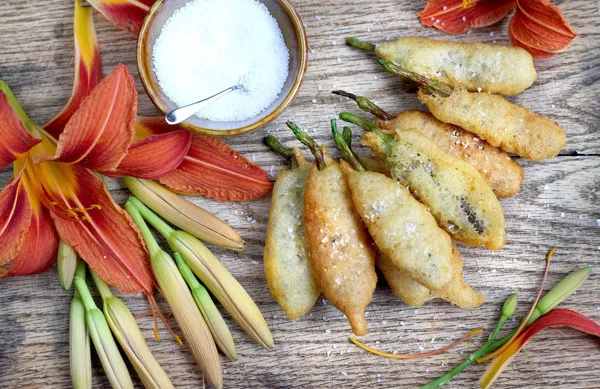
Bright, showy flowers and tender shoots of the daylily plant are edible. They have a mild flavor, often used in salads or stir-fries. Daylilies are popular in Asian cuisine.
- Calories: 37 kcal per 100g
- Vitamins: Vitamin A, Vitamin C
- Minerals: Iron, calcium
- Fiber: Moderate
- Antioxidant/Anti-inflammatory: Contains antioxidants
Best Uses: Salad garnishes, stir-fries, or pickled.
6. Delaware Sweet Corn
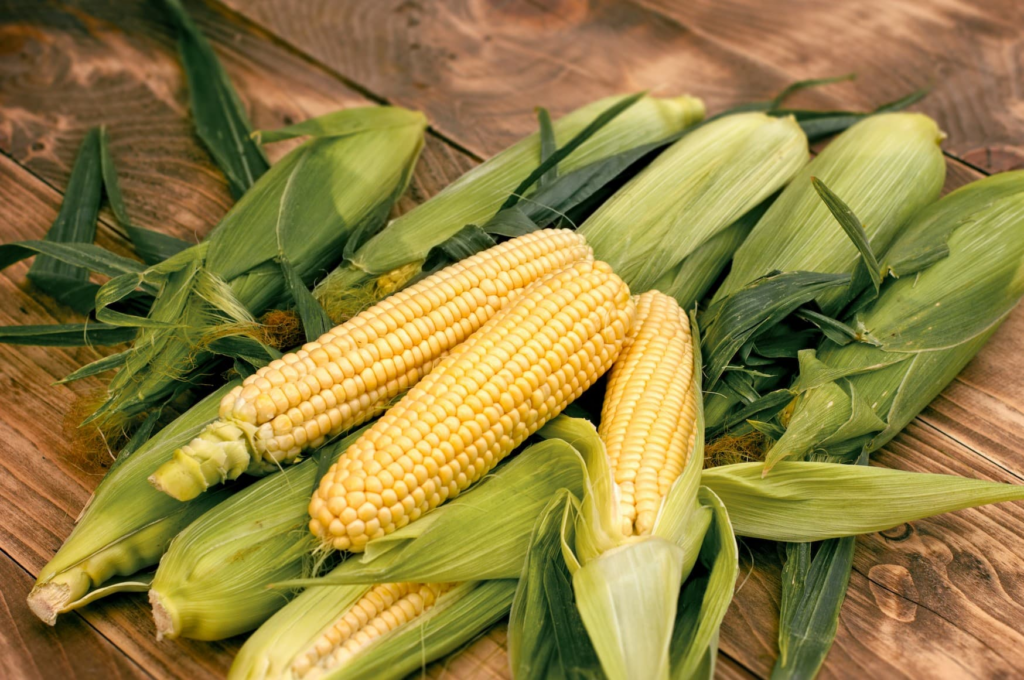
A variety of sweet corn known for its tender kernels and sweet flavor. Delicious on the cob or used in salads and soups. A summer favorite for fresh eating.
- Calories: 86 kcal per 100g
- Vitamins: Vitamin C, folate
- Minerals: Potassium, magnesium
- Fiber: High
- Antioxidant/Anti-inflammatory: Contains carotenoids, which are antioxidants
Best Uses: Boiled, grilled, added to salads or creamed dishes.
7. Delicata Squash
A winter squash with a thin, edible skin and sweet, tender flesh. Easy to prepare by roasting or baking, making it a healthful side dish or snack.
- Calories: 36 kcal per 100g
- Vitamins: Vitamin A, Vitamin C
- Minerals: Potassium, magnesium
- Fiber: Good source
- Antioxidant/Anti-inflammatory: Contains beta-carotene
Best Uses: Roasted, baked, or sliced into salads.
8. Delicacy White Kohlrabi
A pale variety of kohlrabi with a mild flavor and crispy texture. Can be eaten raw or cooked, adding crunch and freshness to dishes.
- Calories: 27 kcal per 100g
- Vitamins: Vitamin C, B vitamins
- Minerals: Potassium, calcium
- Fiber: High
- Antioxidant/Anti-inflammatory: Contains antioxidants supporting immune health
Best Uses: Raw in salads, steamed, or roasted.
9. Dickinson Pumpkin
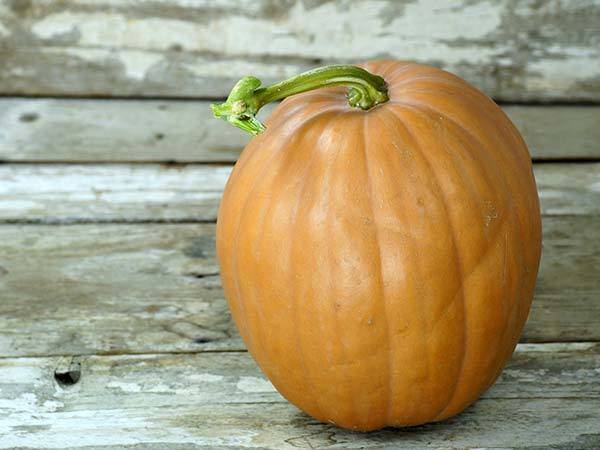
An heirloom pumpkin variety with sweet, rich flesh. Often used in soups, pies, and baking, adding natural sweetness and nutrition.
- Calories: 26 kcal per 100g
- Vitamins: Vitamin A, Vitamin C
- Minerals: Potassium, magnesium
- Fiber: Rich source
- Antioxidant/Anti-inflammatory: Beta-carotene content supports eye and immune health
Best Uses: Soups, pies, roasted or mashed.
10. Dinosaur Kale (Lacinato Kale)

A dark green, long-leafed kale with a slightly sweeter flavor. Rich in nutrients and antioxidants, perfect for salads or smoothies.
- Calories: 49 kcal per 100g
- Vitamins: Vitamin A, Vitamin C, Vitamin K
- Minerals: Calcium, potassium
- Fiber: High
- Antioxidant/Anti-inflammatory: High in antioxidants supporting anti-inflammatory health
Best Uses: Raw in salads, blended into smoothies, or sautéed.
11. Dragon Tongue Bean

An heirloom bean with purple and yellow mottled pods. Has a mild flavor, great for salads, stews, or as a snack after cooking.
- Calories: 127 kcal per 100g (cooked)
- Vitamins: B vitamins
- Minerals: Iron, magnesium
- Fiber: Good source
- Antioxidant/Anti-inflammatory: Contains phytochemicals beneficial for health
Best Uses: Boiled, added to salads, or side dishes.
12. Drumstick Plant (Moringa pods)

Long, slender pods from the Moringa tree, also called “drumsticks.” They have a unique, slightly spicy flavor and are rich in nutrients.
- Calories: 50 kcal per 100g
- Vitamins: Vitamin A, C, E
- Minerals: Calcium, iron, potassium
- Fiber: High
- Antioxidant/Anti-inflammatory: Contains antioxidants and anti-inflammatory compounds
Best Uses: Cooked in soups, curries, or stir-fries.

Jean Smith is a fitness enthusiast and blogger who focuses on fitness and a healthy lifestyle. She is passionate about assisting people in living healthier lifestyles and is constantly on the lookout for new and creative methods to stay fit and healthy. Her articles are excellent resources for anyone interested in improving their health and fitness.
